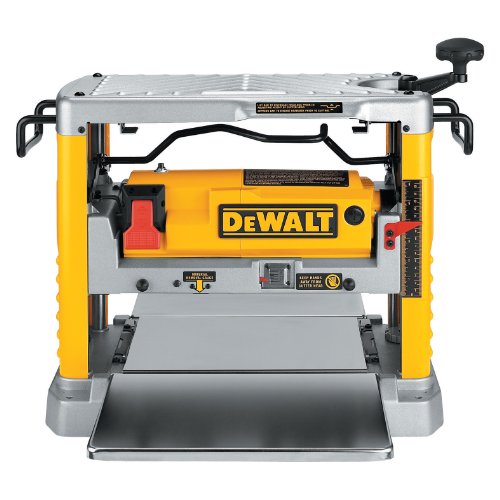Sharpening chisels and other blades is pretty straight forward. Many people make the mistake of sharpening them on a wet stone - or worse - a grinder. There is a much better method of doing this. It is simple and is done all by hand.
These blades are used in many forms of wood working - I personally used them extensively while building my cedar strip canoe. For example, I used them to shape the stems and other parts of my building process.
To start you need a flat hard surface. I recommend getting a smallish (18" X 6") piece of marble or quartz counter top. You should be able to find scrap sink cut-outs from counter top suppliers. You can also use 1/4" plate glass (although I do not - it is too risky in my opinion even though that stuff is very hard to break).
The Setup
Use a light coat of spray adhesive to temporarily glue small 2" by 4"pieces of sandpaper along the edge of the hard surface. Go right up to the actual edge of the block.
The paper to use is: -Aluminum Oxide grits 50, 80, and 100 -Silicon Carbide (wet-or-dry) grits 150, 180, 220, 320, 400, 600, 1200, and 2000.
The marble block should be placed with its edge flush to the edge of the workbench. Grits can be skipped, if desired, but more time on each grit will then be required to fully remove the scratches from the previous grit. Using the gradual progression as listed, however, will require only about a minute or so with each grit.
First lapping
First we are going to lap the back of the cutting bevel:
Lap the end one inch of the back of the iron on each grit in turn. You could use it wet or dry. Just lay it flat on the sandpaper and gently rub it in a circle to start, taking care to change directions frequently.
After ten or fifteen seconds brush off the sandpaper with a whisk broom and wipe the blade off with a shop rag (or your shirt!).
The first round of sharpening will take ten minutes or so. During this time you should have gone from 50 grit on up to 2000, and there will be a mirror finish on the back of that iron the likes of which must be seen to be believed. It is truly awesome to look at a previously dull blade and see your own reflection in the mirror finish.
Honing
The next step requires a Veritas honing jig. They are well worth the or so they cost.
Put the blade in honing jig (read the directions if necessary) or go it by hand if you do not have one.
Clamp the blade down in the blade-holder. Make sure the bevel is resting on the sandpaper perfectly flat. Then adjust the microbevel cam on the jig up to its full two-degree microbevel setting -- and hone away on the 2000-grit sandpaper.
You will have to flip the blade over several times and lap the back again. Just keep repeating this honing and lapping. Be more gentle each time. This removes the microscopic wire edge and make the blade very, VERY sharp.
The front bevel should be very shiny after a few more minutes. Mirror-finish shiny.
The true test to see if you are done is simple - VERY carefully try to shave some hairs off your arm with it. You should be able to quite easily.
When you are done you can just peel the sandpaper off the block and discard it. Clean off the gunk remaining with a razor blade and finish up with a little acetone to remove any final residue.
The next time you need to sharpen you can actually start with the higher grits if you do not let your blade get too dull.
 | Price : $334.19
| Price : $334.19









